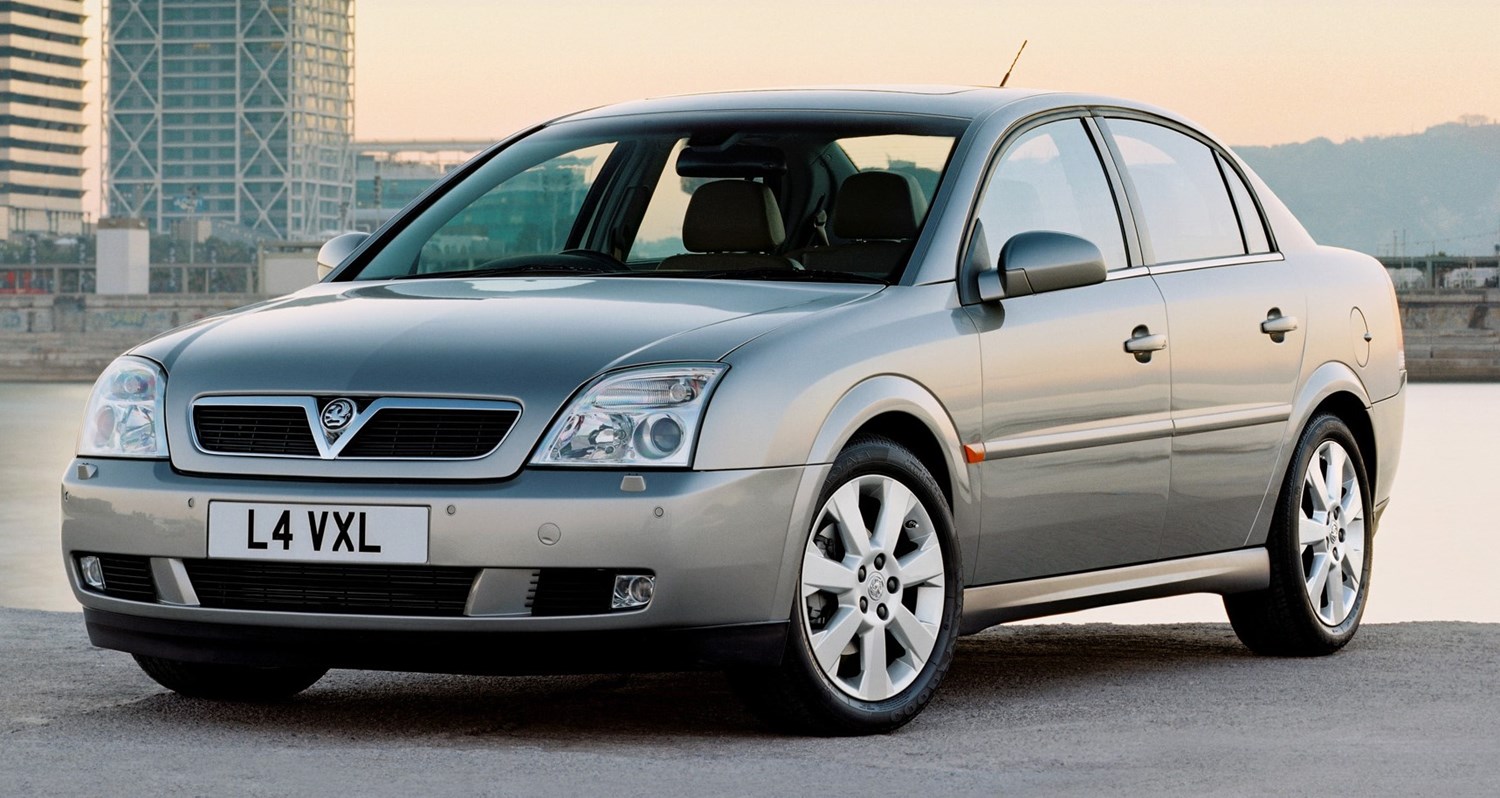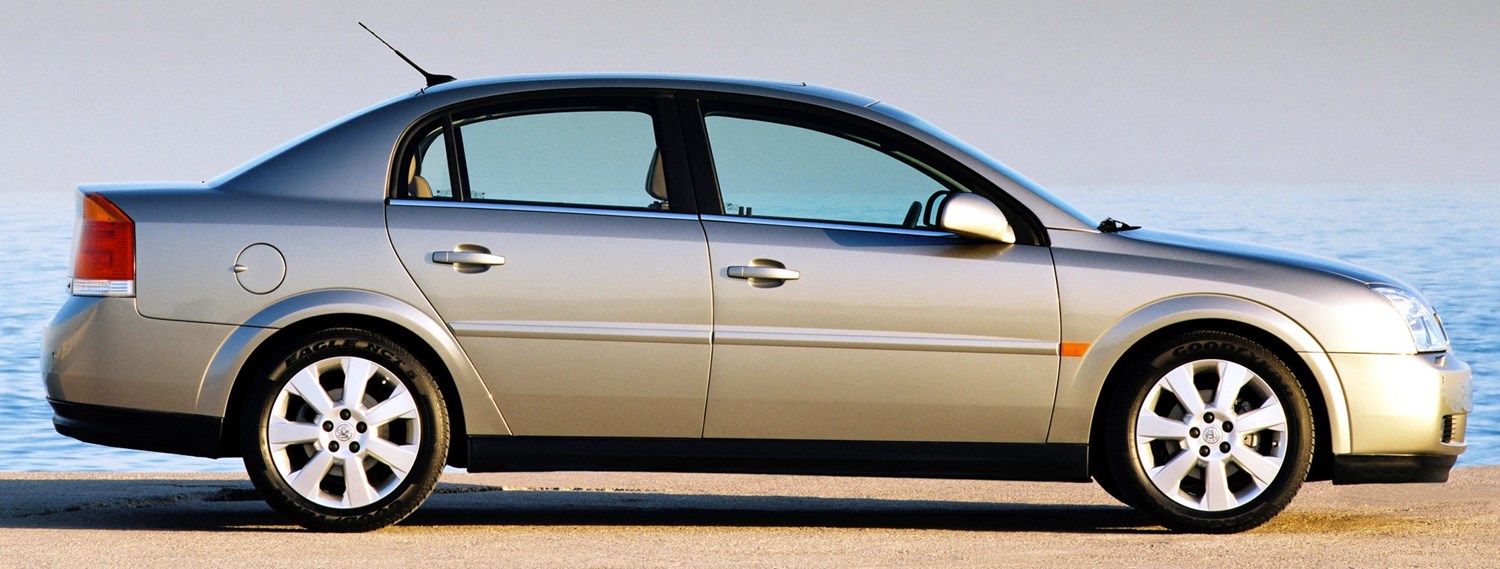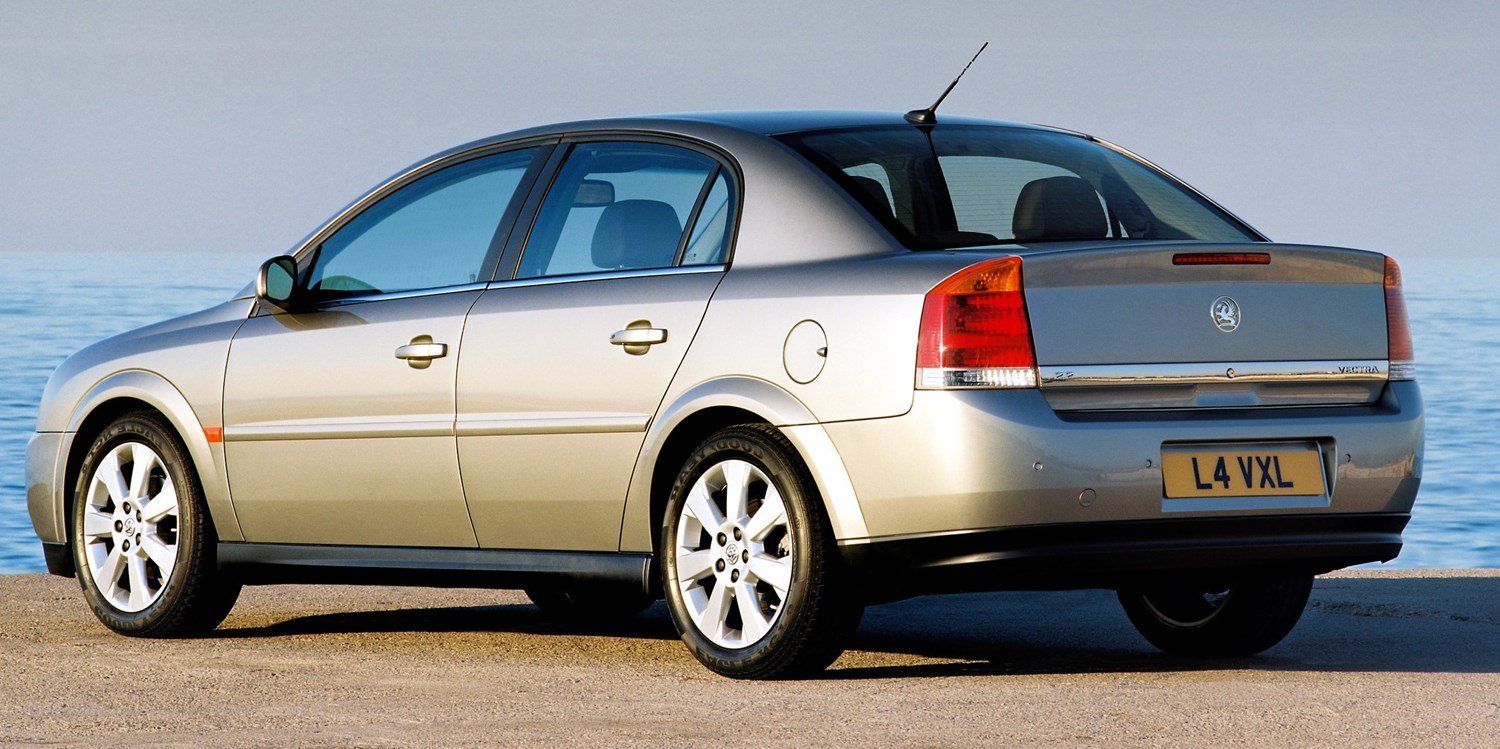Model review
The Vectra was introduced to the UK market in 1995 as a replacement for the popular but ageing Cavalier.
In fact the UK's first Vectra was actually the second generation of the Opel Vectra, as the first generation was, confusingly, sold in the UK as a third generation Vauxhall Cavalier – the first two generations of which were actually rebadged Opel Ascona models. This is why you'll sometimes see the Vectra being referred to as 'Vectra B'.
Available as a four-door saloon or five-door hatchback and estate, the Vectra quickly became one of the UK's best-selling cars. With a wide range of petrol and diesel engines and both manual and automatic gearboxes, it had something for all purposes. There were sports models too, tying into the firm's motorsport endeavours and use of historic badges like 'GSi' and 'Super Touring'. The last Vectras also saw treatment from Vauxhall's newest performance branch, VXR.
It rapidly gained a reputation for police work, both as a fully liveried patrol car and an undercover car, and saw a lot of success on the touring car circuit. It was also especially popular as a fleet car.
The Vectra's major competitor on all fronts was the Ford Mondeo. It was pitched to the same kind of customer, provided the same engine, gearbox and body choices, raced it on the track and was also renowned for fleet and the police use. In fact politicians could have referred to the man in the street as a 'Vectra Voter', but instead chose 'Mondeo Man'. Other alternatives included the Peugeot 405/406, Volkswagen Passat, Honda Accord and Mazda 626/6.
After the first Vectra was introduced in 1995, it was facelifted in 1999 and became the last vehicle to be built at the Luton factory when it was replaced by a second-generation car in 2002. This Vectra C was considerably larger and heavier than its predecessor. It didn't stop the dwindling sales across Europe and the Vectra was replaced by the Insignia in 2008.


